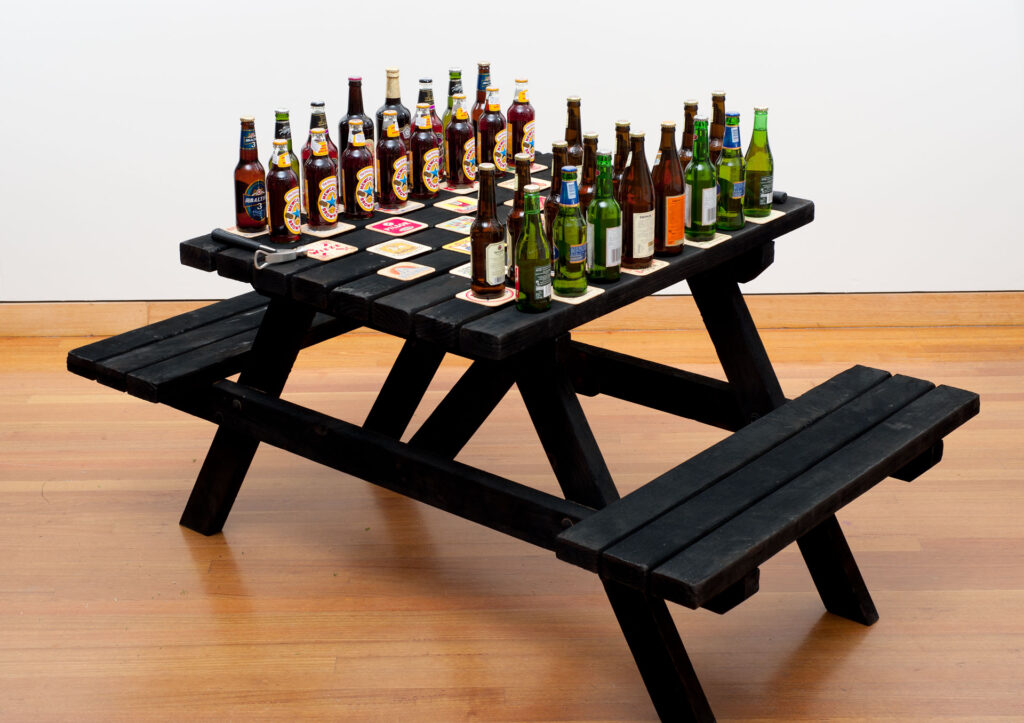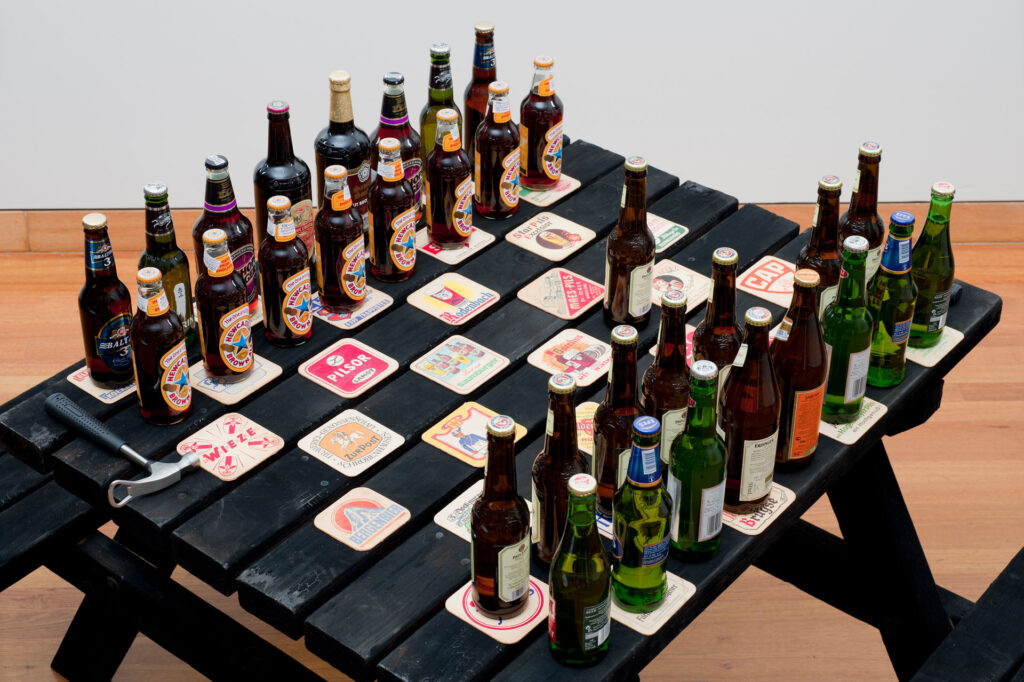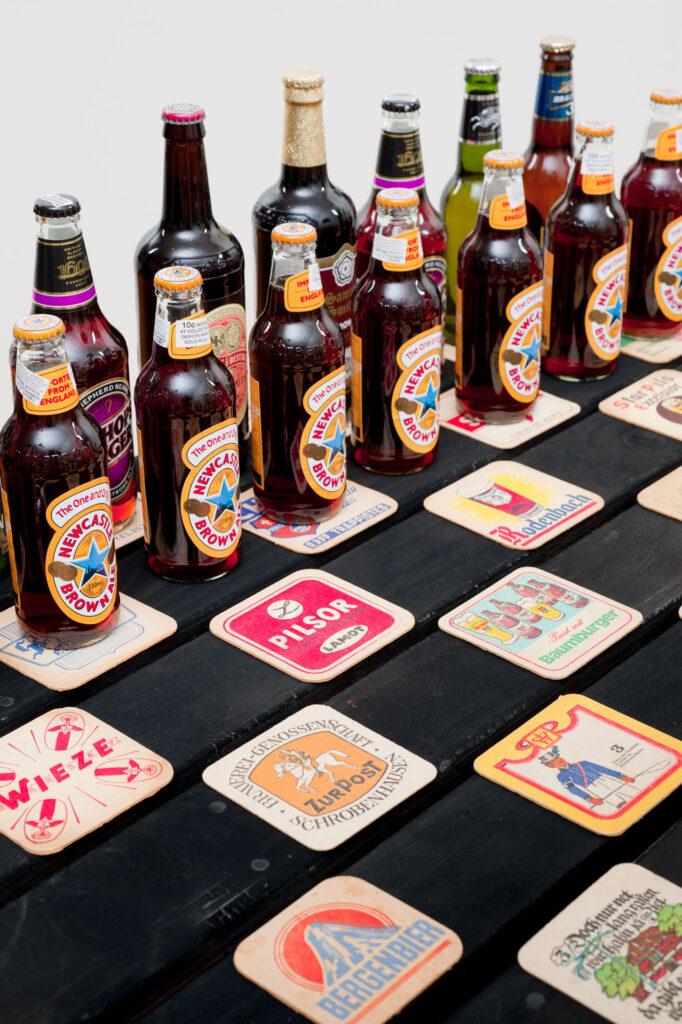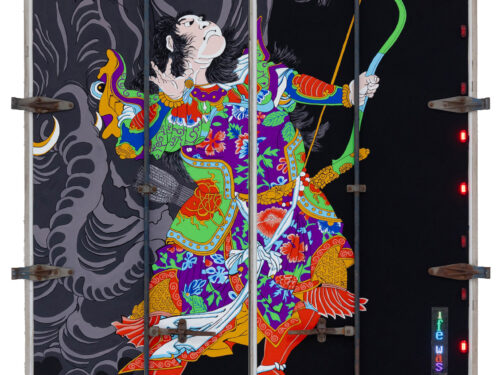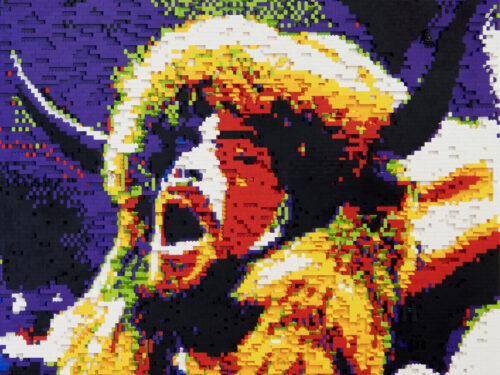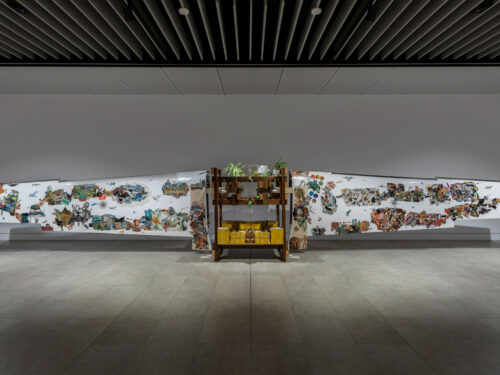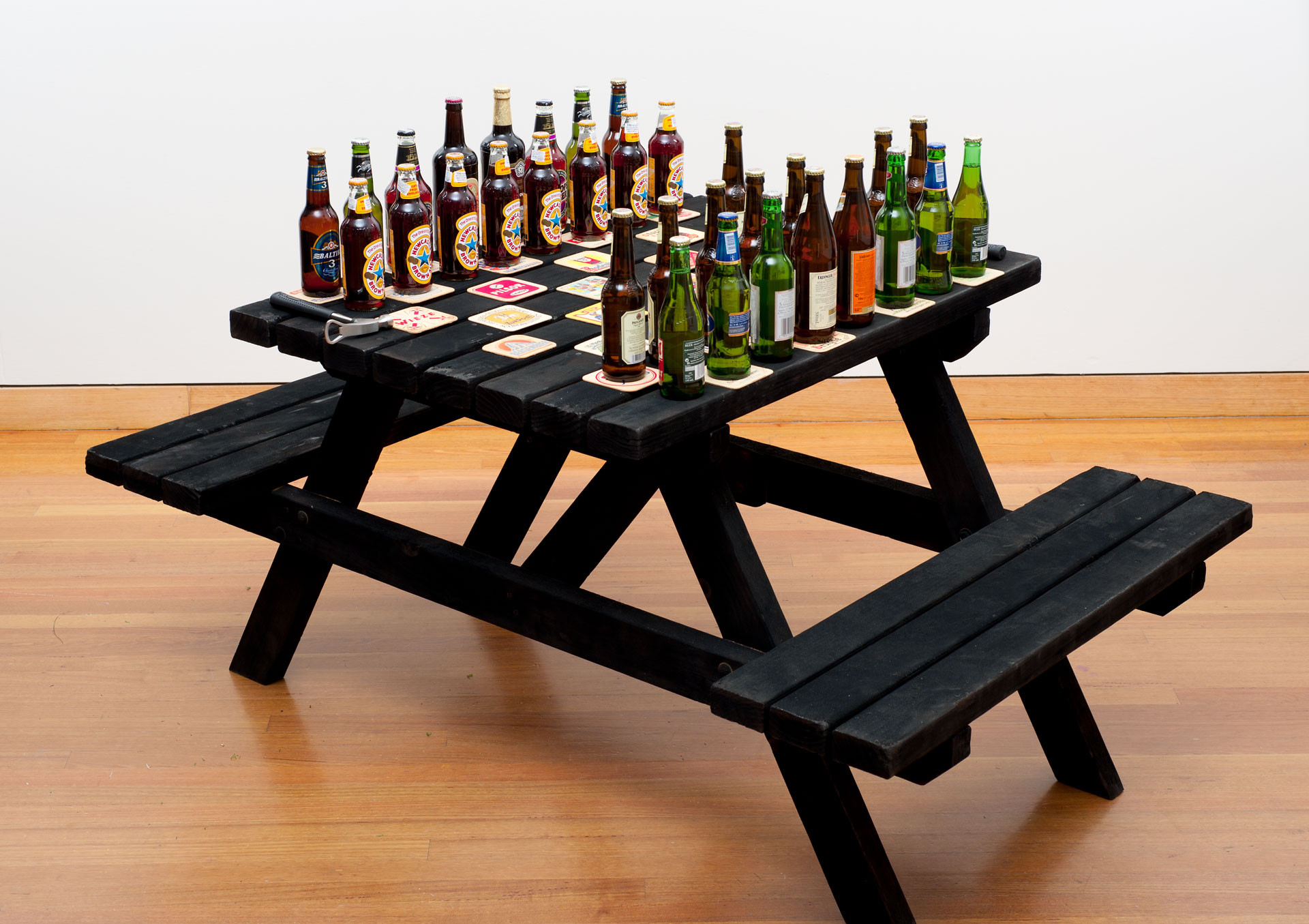
The Great War
The Great War
Although the ancient history of chess lies within India and Persia, smuggled into the rest of the world by Islamic traders, the modern game, as we know it, was grown in Europe- birthplace of Western Culture and catalyst point of both world wars. Chess is essentially a game of aggression, considered by most as a highbrow board game, the game of chess values individual cunning rather than collective co-operation. Chess is an allegory of war: knights, rooks, bishops, kings, queens and pawns fight to the bitter end- the downfall of the opposing king. The engaging adversarial quality of chess has led it to become an international spectator sport.
The increasing reliability of postal and other forms of intercontinental communication such as the telegram or wireless telegraph meant that the inaugural world chess world championships could be organised as early as 1851. It could be argued that the increase in international communication also helped stage a war acted out on a global scale. Given that the rise of chess as an international tournament sport parallels Europe’s road to WWI. We have combined the two to create a chessboard design that reflects the origin of the modern game and the implied violence that the game symbolises.
We have portrayed the main combatants within the First World War as pieces within a game of chess. On one side is the Entente Forces: the United Kingdom, France, the Russian Empire, Belgium, Serbia, Canada, Australia, Italy, Romania and the United States, on the other side will be the Central Powers: Austria-Hungary, Bulgaria, Germany and the Ottoman Empire. A beer bottle originating from each particular country or former empire will represent each power. The size of each beer bottle is roughly commensurate with the size of the force that was engaged in the conflict. This translates into biggest to smallest: king to pawn.
The ‘theatre of combat’ or chessboard is a picnic table. This table has been scorched and has also been partially covered in beer coasters that originate from Europe. These beer coasters create the chequers necessary for the game to be played and also reference sites in which battles took place.
Each opponent is armed with a hammer, with a hammerhead on one side and a beer opener on the other. This creates the notion that the beer bottle contents will be drunk and the beer bottle smashed each time an opposing player’s piece is ‘taken’.
The subsequent artwork is a physical manifestation of the national players involved in the conflict of the first world war- abstracted into the realm of chess- a conceptualisation of mass violence.
